The imminent catastrophe goes on
Not showing many signs of happening.
The ice at the North Pole that should be gone
By now, is awkwardly still lingering,
And though sometimes the weather is extreme
It seems no more so than when we were young
Who soon will hear no more of this grim theme
Reiterated in the special tongue
Of manufactured fright. Sea Level Rise
Will be here soon and could do such-and-such,
Say tenured pundits with unblinking eyes.
Continuing to not go up by much,
The sea supports the sceptics, but they, too,
Lapse into oratory when they predict
The sure collapse of the alarmist view
Like a house of cards, for they could not have picked
A metaphor less suited to their wish.
A house of cards subsides with just a sigh
And all the cards are still there. Feverish
Talk of apocalypse might, by and by,
Die down, but the deep anguish will persist.
His death, and not the Earth’s, is the true fear
That motivates the doomsday fantasist:
There can be no world if he is not here.

Clive James’s Gate of Lilacs: a Verse Commentary on Proust will be published in April by Picador.

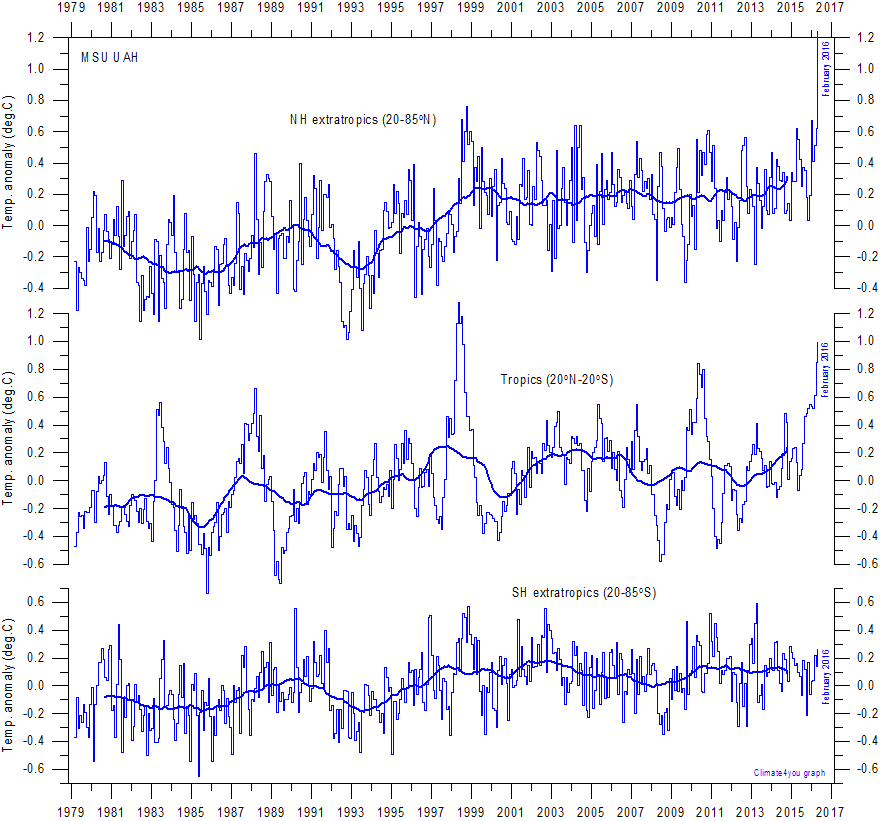

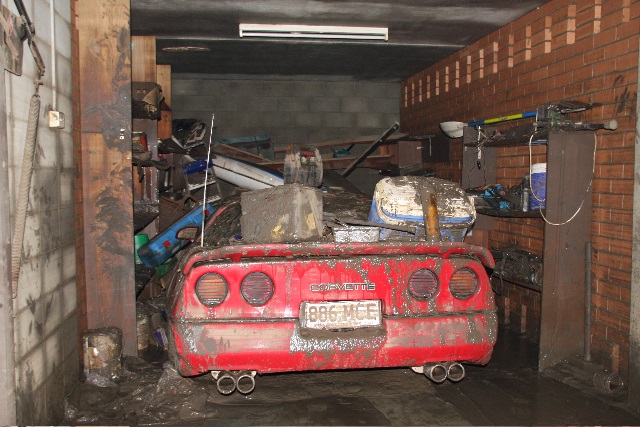
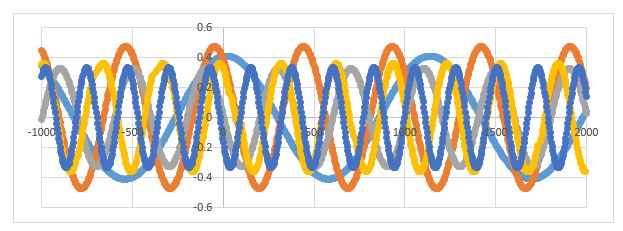


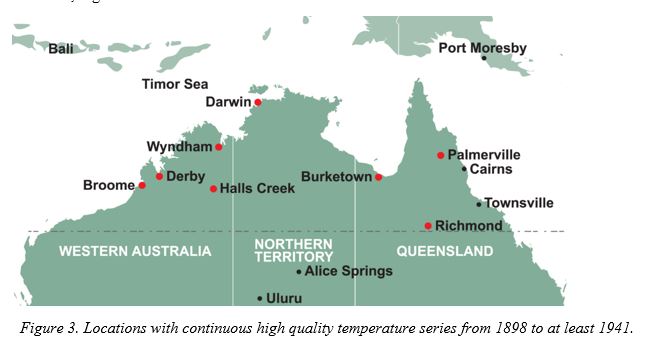
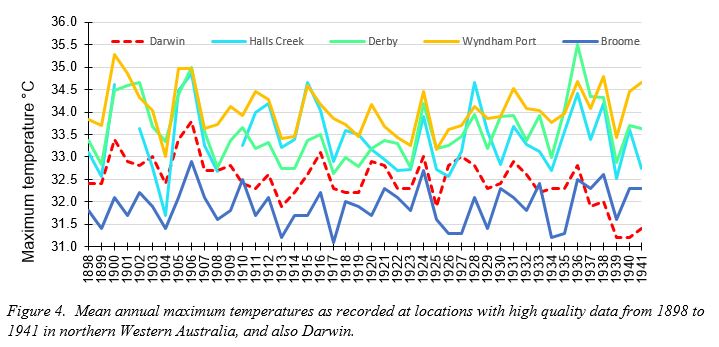
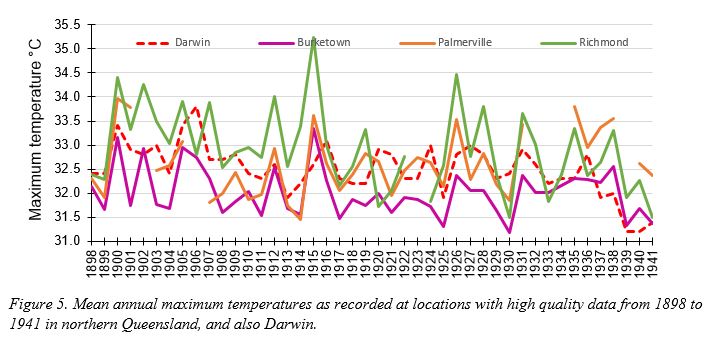
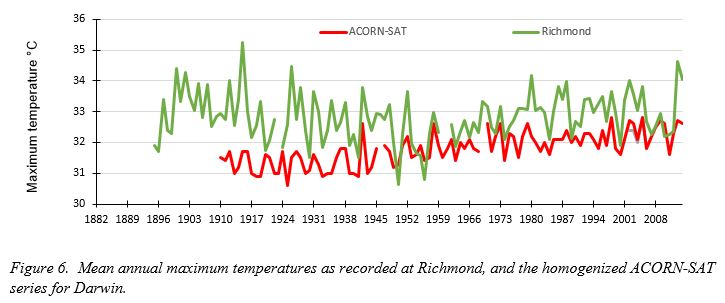
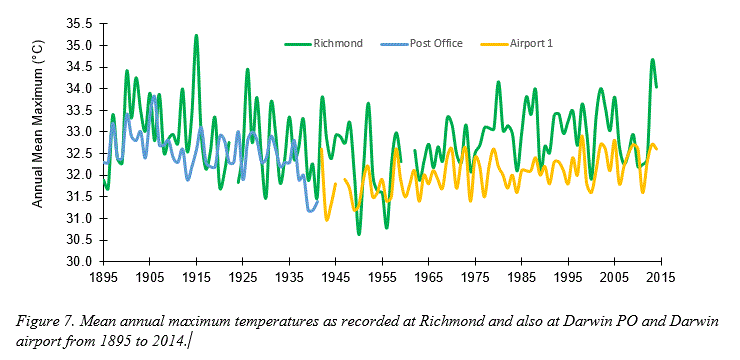
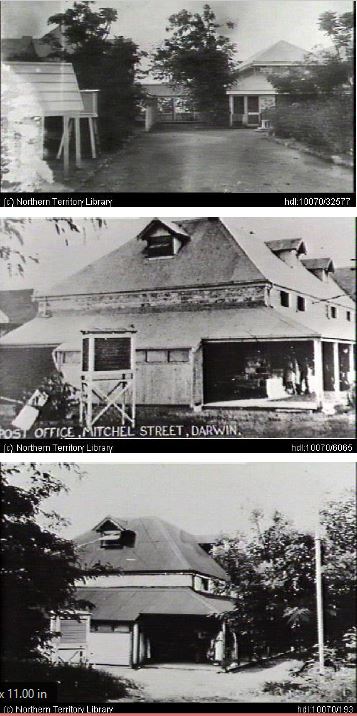


 Jennifer Marohasy BSc PhD has worked in industry and government. She is currently researching a novel technique for long-range weather forecasting funded by the B. Macfie Family Foundation.
Jennifer Marohasy BSc PhD has worked in industry and government. She is currently researching a novel technique for long-range weather forecasting funded by the B. Macfie Family Foundation.